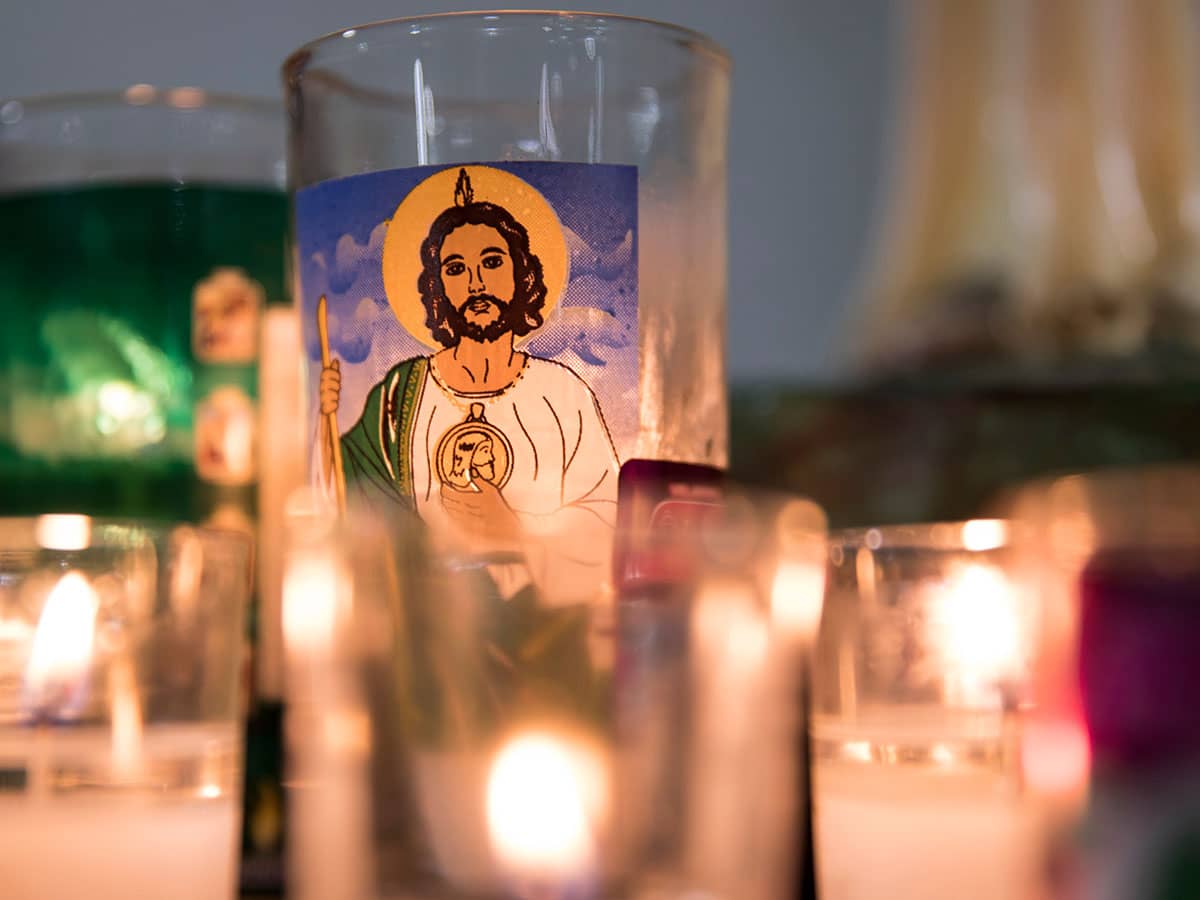In the four decades since, architects and priests have wrestled with the sweeping reforms of Vatican II and how to implement them in a bricks-and-mortar, physical way.
When the National Conference of Catholic Bishops convenes in Washington Monday through Thursday, its members hope to clear away some of the confusion by issuing national guidelines for Catholic art and architecture. Architects and liturgists say the document, "Built of Living Stones," is long overdue.
"I talk to pastors as well as faithful Catholics who lament that new churches don't `look' like churches, yet these same people often don't seem to know how to capture that `look,"' said Denis McNamara, assistant director of the Liturgical Institute outside Chicago.
Vatican II made no specific recommendations for churches other than to say, "The church has not adopted any particular style of art as her own," leaving the architectural upheaval to be largely read between the lines.
Vatican II said churches should foster the "full, conscious and active participation of the people," which was read by many to mean parishioners should be closer to each other and the altar. It also said art and architecture should embody "noble beauty rather than sumptuous display."
Saints and icons took a back seat to austere simplicity. The "people of God" were brought closer to each other, sometimes in the round. Stained glass, if used at all, took on a modern flair and the traditional cruciform shape of the building was almost entirely shelved.
A decade later in 1978, the bishops' liturgy committee issued nonbinding recommendations that reflected the avant-garde, modern feel of the 1970s. With the boxy, sometimes strange-looking churches built under these guidelines, many architects and parishioners were left dissatisfied.
Where Vatican II tried to reconstitute the Catholic church as both "domus ecclesia" (the house of the people of God) and "domus dei," (the house of God), architects struggled with what that meant.
"I think we made a lot of mistakes, with all of the best intentions," said Duncan Stroik, a professor of architecture at the University of Notre Dame and editor of Sacred Architecture magazine.
McNamara and Stroik agreed the post-Vatican II model viewed the church more as a "functional shell," and the 1978 guidelines from the liturgy committee were "questionable and now seriously outdated."
"(Catholics) do not want their churches to look like factories, when even shopping malls now use marble and references to history," McNamara said.
Some, including Stroik, say the new $163 million Cathedral of Our Lady of the Angels in Los Angeles -- in all its abstract grandeur -- is a natural extension of the 1970s nontraditional interpretations.
"Because the church is a house of prayer ... it should be worthy of prayer and sacred celebration, built in conformity with the laws of the church and dignified with noble beauty and intrinsically excellent art," the document says.
While art and architecture found their patronage in the church -- from Michelangelo and the soaring, grand cathedrals of Europe to the small, pueblo missions of the American Southwest -- the bishops were careful to note that churches and artwork are sacred space first, and buildings second.
"Art or architecture which draws more attention to its own shape, form, texture or color than to the sacred realities it seeks to disclose is unworthy of the church building," the bishops say.
Sister Ann Rehrauer, associate director of the liturgy office, said the bishops wanted to be careful not to dictate any "universal blueprint or style" for church buildings.
The three important things to remember during construction or renovation, Rehrauer said, are whether the building meets the needs of the litury, the needs of the people and whether it is simply beautiful.
"Beauty is a reflection of the beauty of God," she said.
While trying to refrain from specific rules and regulations, the bishops advised, for example, that artwork should be original and not mass produced whenever possible, and live plants should be used instead of fake greenery.
The bishops also took special care to make sure the needs of the disabled and ethnic considerations be made part of the process. In Hispanic congregations, for example, more space is needed for elaborate processionals and parades.
The bishops made special note of the role of artists within the church community, devoting an entire chapter to say churches should value artistic talent but not become "museums" of human art.
"The church needs art and artists to communicate Christ's message, and artists need the church to inspire their investigations of the material world, their own inner lives and the fabric of the community," the bishops said. "Artists deserve the independence appropriate to their gifts."

